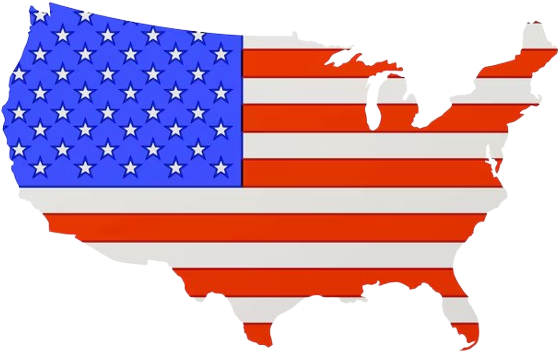Introduction
Shipping seeds can be a complex process due to the regulations and requirements that vary by state and country. Whether you are a small business looking to send seeds to customers or an individual sending seeds to a friend, understanding the ins and outs of seed shipping is crucial. In this article, we will explore the best practices for shipping seeds, the regulations that govern this process, and how Freight SideKick can assist you with your shipping needs.
Understanding Seed Shipping Regulations
Before you even consider shipping seeds, it is essential to understand the regulations that apply. In the United States, the Animal and Plant Health Inspection Service (APHIS) regulates the interstate shipment of seeds to prevent the spread of pests and diseases. Additionally, individual states may have their own regulations regarding seed shipping.
Here are some key points to consider:
- Seeds must be labeled according to the Federal Seed Act, which requires information such as the common name of the seed, the lot number, and the percentage of germination.
- Certain seeds may be prohibited from shipping to specific states due to pest concerns. Always check the local regulations before shipping.
- When shipping internationally, you must comply with the importing country’s regulations, which may include obtaining a phytosanitary certificate.
Best Practices for Shipping Seeds
When preparing to ship seeds, following best practices can help ensure your package arrives safely and in compliance with regulations. Here are some steps to consider:
- Choose proper packaging: Use airtight containers to protect seeds from moisture and damage during transit. Bubble wrap or packing peanuts can provide extra cushioning.
- Label your package clearly: Include all necessary information, such as sender and recipient details, and any required labeling as per regulations.
- Select the right shipping method: Depending on the destination and urgency, choose a shipping method that balances cost and delivery speed.
- Consider insurance: Seeds can be valuable, so consider insuring your shipment against loss or damage.
How Freight SideKick Can Help
Freight SideKick offers a range of services designed to simplify the shipping process for businesses and individuals. Our platform provides:
- Access to multiple carriers: Compare rates and services from various carriers to find the best option for your seed shipping needs.
- Expert guidance: Our team can help you navigate the complexities of seed shipping regulations and ensure your packages comply with all requirements.
- Tracking and support: Stay informed about your shipment’s status with our tracking tools, and reach out to our support team for assistance at any time.
Conclusion
Shipping seeds requires careful consideration of regulations and best practices to ensure compliance and successful delivery. By understanding the rules and utilizing services like Freight SideKick, you can streamline your shipping process and avoid potential pitfalls. Whether you are a business or an individual, we are here to support your seed shipping needs.
Personalized Assistance
Get a quote today, call 877-345-3838, or email support@freightsidekick.com











